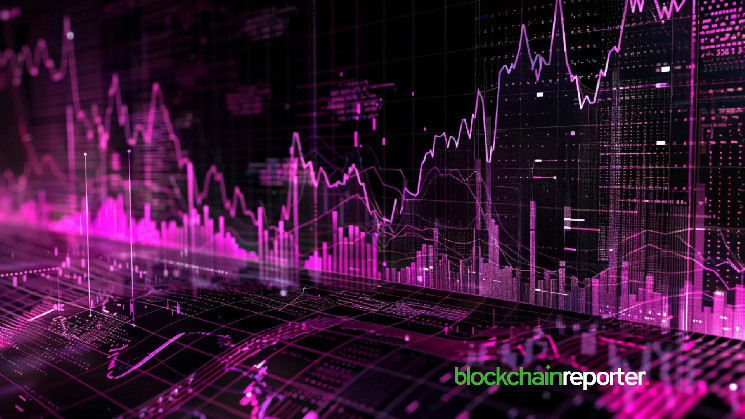Polygon and DapDap have worked together to develop a transaction environment that is very simple, secure and consistent across various AggLayer connected chains. DapDap will create a custom, unified user interface across multiple AggChains – bridging the gap to mainstream adoption through chain abstraction.
🤜🤛@DapDapMeUp has joined the list of contributors building the AggLayer.
DapDap will create a custom, unified UI for multiple AggChains – bridging the gap to mainstream adoption via chain abstraction: https://t.co/jBVMCLCJCI
— Polygon | Aggregated (@0xPolygon) August 30, 2024
DapDap is here to change the way users interact with Ethereum Layer-2s, EVMs, and the on-chain environment as a whole. DaVinci is a next-generation consumer app that combines over 300 of the most dynamic DeFi dApps from over 17 networks into one robust platform. It also offers a smooth, user-friendly experience. Everything you do on the blockchain will be more accessible, faster and more rewarding with DapDap, whether you are trading, handling liquidity, deploying or bridging assets.
About AgLayer
Researchers and engineers at Polygon Labs designed the Aggregation Layer, a new solution to unify Web3. Much like the invention of TCP/IP, which created a seamlessly unified Internet, the aggregation layer, or AggLayer, unifies a distributed blockchain landscape into a web of ZK-secured L1 and L2 chains that feel like a single chain.
The AggLayer is a decentralized protocol that does two things:
- It collects ZK receipts from all affiliated chains.
- It guarantees safety almost immediately [atomic] cross-chain transactions.
Inefficiencies, low liquidity and poor user experiences result from the rapid expansion of the industry and the increasing number of separate Layer 1 and Layer 2 solutions. The AggLayer overcomes these challenges by providing a unified framework that improves performance and enables smooth interoperability between different networks.
The AggLayer mediates interactions between different blockchain networks and scaling solutions by providing a common interface. This allows assets and data to move freely between different chains and layers in the Polygon ecosystem.













